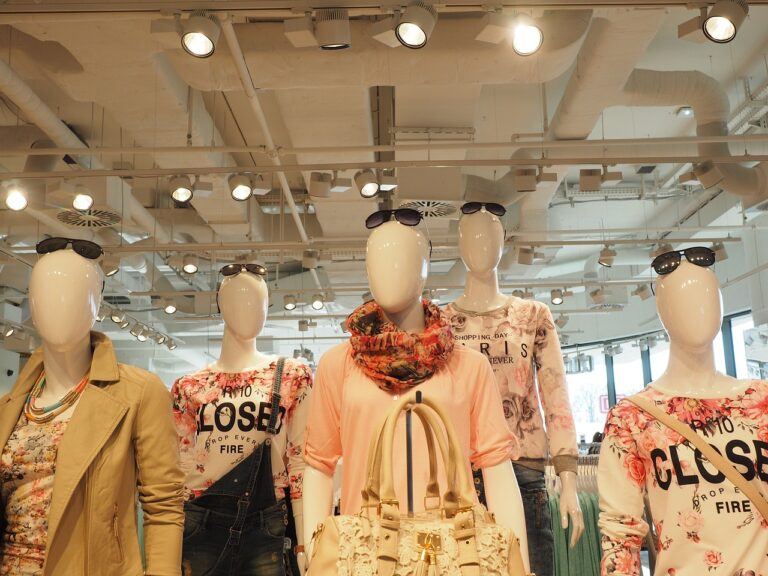The Impact of Fast Fashion on Consumer Habits
The fast fashion industry is characterized by its rapid production of trendy clothing at affordable prices. Brands in this sector focus on quick design and manufacturing processes, enabling them to swiftly bring runway-inspired styles to the mass market. These companies thrive on delivering new collections frequently, driving consumers to constantly seek out the latest trends at bargain prices.
With the rise of e-commerce and social media, fast fashion brands have capitalized on their ability to quickly produce and market clothing online. This digital presence has allowed them to reach a larger global audience and meet the demands of consumers seeking instant gratification in their fashion choices. The industry’s fast-paced nature, coupled with its low production costs, has fueled the growth of fast fashion brands in recent years.
Environmental Impact of Fast Fashion
Fast fashion has become synonymous with rapid production and consumption of clothing items, leading to significant environmental implications. The manufacturing processes involved in fast fashion often rely on non-renewable resources such as water, energy, and chemicals. The overconsumption and disposal of these cheaply made garments contribute to the growing problem of textile waste in landfills, exacerbating environmental issues.
Moreover, the production of fast fashion generates a substantial carbon footprint due to the transportation of materials and finished goods across the globe. The reliance on fast-paced production cycles results in increased greenhouse gas emissions and air pollution. In addition, the use of synthetic materials in fast fashion garments, such as polyester and nylon, further adds to environmental degradation, as these materials do not biodegrade easily and release harmful microfibers into the ecosystem.
Fast fashion relies on non-renewable resources such as water, energy, and chemicals
Overconsumption and disposal of cheaply made garments contribute to textile waste in landfills
Production of fast fashion generates a substantial carbon footprint due to transportation of materials
Use of synthetic materials like polyester and nylon in fast fashion adds to environmental degradation
Social Impact of Fast Fashion
Fast fashion’s rapid production cycles and low-cost clothing have created a culture of disposable fashion, where consumers feel pressured to constantly purchase new items to keep up with the latest trends. This “buy more, buy cheap” mindset promotes overconsumption and leads to a cycle of excessive waste.
Moreover, the fast fashion industry is often criticized for its unethical labor practices, such as exploiting workers in developing countries with low wages, poor working conditions, and long hours. Workers in these supply chains are frequently exposed to health and safety risks, with little job security or protection.
What is the fast fashion industry?
The fast fashion industry refers to the mass production of clothing that is designed to quickly capture current fashion trends and make them available to consumers at low prices.
What are some environmental impacts of fast fashion?
Fast fashion contributes to environmental degradation through excessive water usage, air pollution, and waste generation. The industry also contributes to carbon emissions and deforestation.
How does fast fashion impact social issues?
Fast fashion often exploits labor in developing countries by offering low wages and poor working conditions to garment workers. This can lead to issues such as child labor, forced labor, and unsafe working environments.
What can consumers do to mitigate the social impact of fast fashion?
Consumers can support sustainable and ethical fashion brands, educate themselves on the issues within the fast fashion industry, and participate in movements advocating for fair labor practices and environmental sustainability.
Are there any regulations in place to address the social impact of fast fashion?
Some countries have implemented regulations to address labor exploitation in the fashion industry, but enforcement can vary. Consumers can also look for certifications such as Fair Trade or B Corp when choosing clothing brands.







